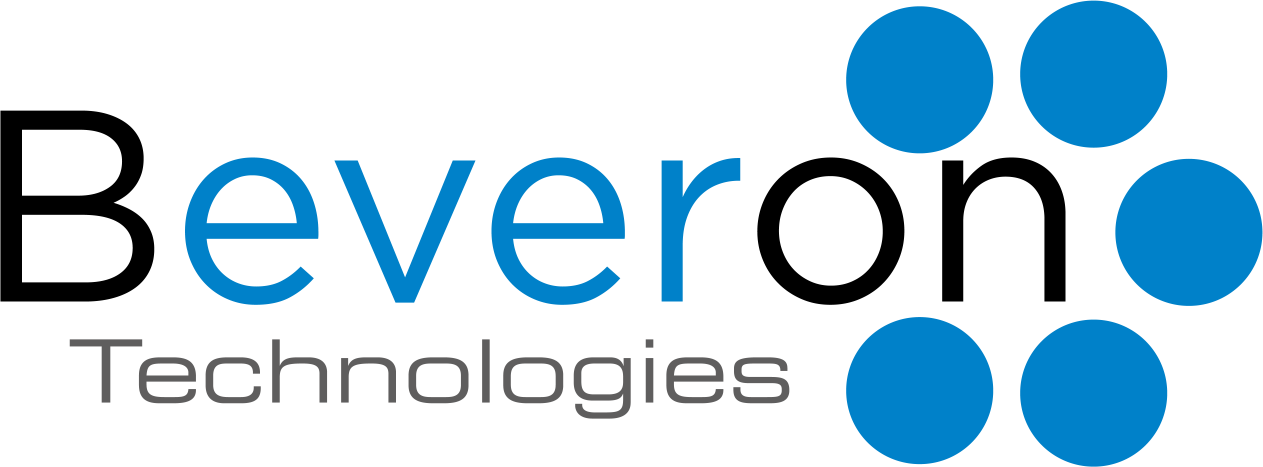How to design a high-impact Corporate Legal Department?

With each passing day, corporates and businesses are starting to expect more from their general counsel and legal departments. They want strategic insights for business growth much more than a tactical focus on legal advice for risk management. With increasing expectations for reduced spend combined with complex and unpredictable legal work, the question becomes – how can you do more with less, without sacrificing quality?
The answer? It starts with structure. In-house Legal Departments need to start thinking and functioning like a business unit. You need to define roles, create processes, and automate tasks, and track and collect data at one central point for your legal department to function at its best.
Design defined roles for team members
First and foremost, you need to define roles for your team, so everyone knows the tasks and responsibilities they are accountable for. Just by doing this, you will ensure that all essential tasks are prioritized and taken care of before the less important ones. Fleshed-out and well defined roles also boost staff productivity and satisfaction. Multiple research studies have found that a lack of role clarity reduces employee performance and causes employee turnover.
Create processes for all tasks
Well-defined and documented procedures establish a standard for your whole team, so everyone knows which tools and workflows to use for everyday routine tasks and why they use them. Having set processes also make it easier to identify flaws or opportunities for improvement in your workflow.
▪ Identify recurring tasks: Monitor workflow over a defined period to find tasks that an individual has done repeatedly, more than three times. For instance, after detailed investigations you have arrived at three repetitive daily tasks: performing due diligence for deals, reviewing invoices, and manually tracking spend in excel.
▪ Rank tasks by frequency and importance: Start with high-value tasks that need to be done more frequently. Using our example above, we might rank these three tasks in order from highest value to lowest value:
- Performing due diligence for deals
- Reviewing invoices, and
- Manually tracking spend in excel.
▪ Analyze how tasks are currently done: Try and look for similarities between tasks and how they are done. Determine the processes that yield the most results, then try and find room for improvement, if any. Again, using our example above, you might discover that reviewing invoices and tracking spend are quite similar. So, ideally try to
merge and automate these two tasks using a spend management solution.
Design your standard process such that it always yields the best outcome in terms of time spent performing it, costs incurred, efforts needed, and results obtained.
Designate tech for automating tasks and tracking data
Many business surveys have conclusively proved that, nearly 80% of employees in highly automated organizations reported improved productivity compared to 59% in highly manual organizations. This can be done by identifying tasks that can be easily and quickly automated and choosing a good legal department automation software.
Once you’ve automated recurring mundane tasks, you’ll automatically have more time to focus on other, more involved tasks.
Choose a dedicated corporate legal management software
Consider choosing a dedicated legal department software solution to serve as a central source for your data. As you evaluate a solution, think about the following:
❖ Features: A few fundamental features to look for in an ideal in-house solution include e-Billing, matter management, spend management, vendor management, reporting and analytics.
❖ Ease of access: Ideally, your solution should be cloud-based, so anyone can access it from anywhere, on any device, be it on a commute to work or from another branch halfway around the world.
❖ Data security: Because you deal with a lot of highly sensitive information, you need a solution that’s private and secure. While no solution is infallible, solutions like Beveron’s Smart Legal Counsel for instance, is tailor-made for secure data transactions.
❖ Integrations: To ensure a seamless workflow, the corporate legal management software you choose should have an API that allows you to connect other tools you already use.
❖ Support: The ideal solution should also have responsive customer support, through phone, email, chat, or social media.
❖ Price: The price of the solution you choose should fit your budget.
Once you’ve chosen the best enterprise legal management software and started to collect data, you’ll automatically be able to start benchmarking the legal metrics that matter most to your organization. This will not only mean you’ll have an easier time building and sharing reports with stakeholders, but you’ll also be able to improve cross-team collaboration.
